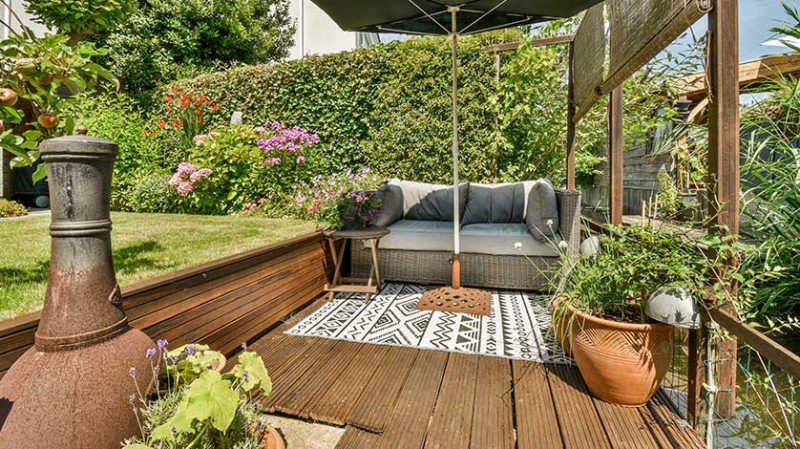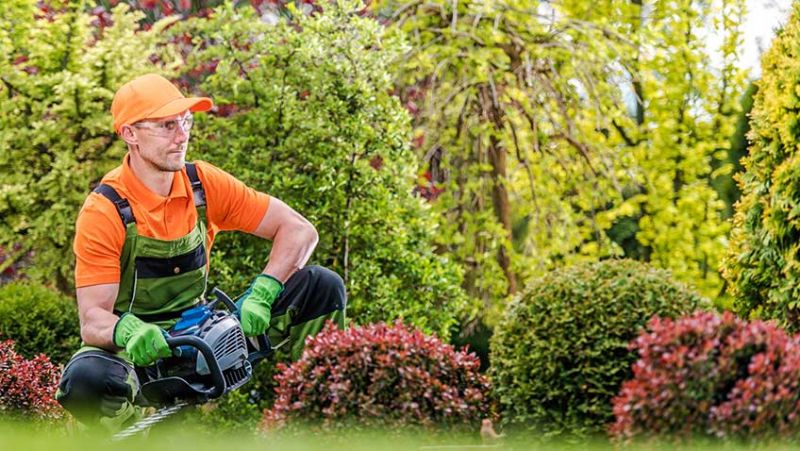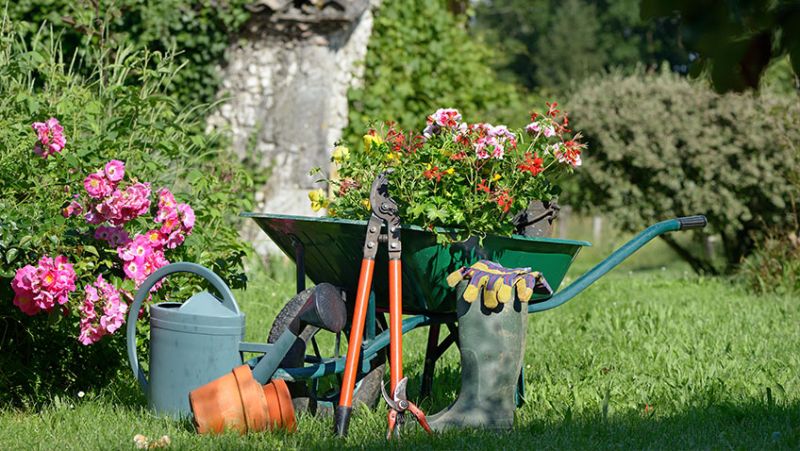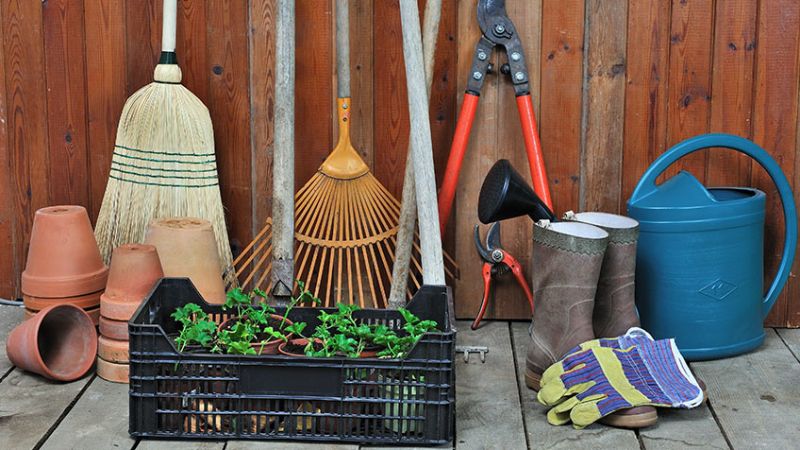
Living in the UK often means working with limited outdoor space, especially for those in urban areas. However, having a small garden doesn't mean you have to compromise on style or functionality. With a clever approach to design and a few DIY tricks, you can transform even the tiniest plot into a lush, inviting, and practical sanctuary. Whether you're a young professional beautifying your first home, a seasoned architect seeking inspiration, or a tradesman working with tight space, this guide will help you make the most of every square meter.
Start With a Smart Layout
The success of a small garden begins with an efficient, well-thought-out layout. The key is to treat the space like you would a room in your house—dividing it into functional zones that serve different purposes. Whether it’s dining, relaxing, growing herbs, or entertaining friends, every zone should be clearly defined.
Begin by sketching the dimensions of your garden and marking where the sun hits throughout the day. This will help you understand how best to use the available light, which is essential for plant health and ambience. You can then decide which parts of the garden should be shaded and where a sun-soaked patio or seating area might fit.
Raised beds, vertical elements, or slim garden structures can help designate spaces without making the area feel cramped. For a more immersive effect, consider framing your zones with screens, trellis panels, or changes in materials underfoot like decking, decorative gravel or paving.
Good pathways – even narrow ones – help navigate tight areas and can visually elongate the space. Try staggered stepping-stones or curved paths for added depth and flow that draws the eye deeper into the garden. Compact gravel or resin-bound surfaces are great low-maintenance UK-friendly options.
Use Vertical and Wall Space
One of the most valuable tools in small garden design is going vertical. By using your walls, fences, or even building custom garden structures, you free up ground space and draw the eye upward, giving the impression of a taller, lusher garden.
Vertical planters, trellis-trained climbers like clematis or jasmine, and living walls made from pockets or pallets are ideal for adding greenery without taking up floor space. Many UK garden centres now stock pre-made vertical garden systems that can clip onto your fences or walls with ease—perfect for the time-strapped DIY-er.
If you’re pressed for time or skill, even hanging pots or ladder-style plant stands against a brick wall can add charm and texture. Metallic or terracotta finishes help introduce warmth, while layered planting adds movement and depth.
To add even greater impact, consider painting walls or fences in a bold, dark colour such as navy or slate grey. This creates a dramatic backdrop that helps bright foliage and flowers truly pop, offering style without crowding the eye.
Furniture That Works Hard
Choosing the right furniture is critical in a small garden. Oversized tables and chunky seating can quickly overwhelm a compact space, while multi-functional or slimline pieces offer elegance and practicality.
Look for benches with built-in storage, fold-away tables, or nesting stools that can be tucked away. For entertaining, modular seating options allow you to reconfigure your space depending on who’s visiting.
Consider built-in seating along a boundary wall or fence. It’s a classic trick used by UK garden designers to make maximum use of edges while keeping the centre space free for other uses. Add plush weatherproof cushions in muted tones for a relaxed and modern feel.
Materials matter here too. Light-coloured woods, rattan, or powder-coated metal can keep the vibe light and open. And don’t forget scale – a small two-seater bistro set can be more visually suitable and just as functional for morning coffee or casual drinks outside.
Lighting for Shape and Ambience
Installing the right lighting can dramatically change how a garden looks and feels after dark, making it usable—and gorgeous—well into the evening. In a small setting, it's especially important to use light to guide the eye and enhance spatial perception.
Use low-level lighting, such as solar-powered path markers or under-bench LED strips, to create subtle edges and structure. Up-lighting feature plants or trees can dramatically increase their presence within the space, while wall-mounted lanterns give a classic British garden aesthetic.
String lights delicately woven through pergolas, trellises or overhead wires bring a warm, romantic glow and are a favourite touch for many urban gardens in London, Manchester or Edinburgh alike.
Consider layering task lighting with ambient glows. A small spotlight over a table or barbeque area is both useful and enhances the sense of 'zones' in your garden. Where possible, opt for warm white LED bulbs to keep the space cosy rather than overly clinical.
Plants That Work Overtime
In a compact garden, choose plants that offer more than just seasonal blooms. Opt for species that provide colour, texture, scent, and even movement across multiple seasons. Evergreen structure is especially important as it helps maintain interest year-round in the UK’s autumn and winter months.
Top choices for multi-season interest include lavender, heuchera, ferns, ornamental grasses like Stipa tenuissima, and dwarf varieties of boxwood for structure. Climbing roses or honeysuckle will add fragrance and charm, especially along fences or pergolas.
Don't underestimate the impact of potted planting. Containers can be moved or swapped with the seasons, allowing more variety in a smaller space. Terracotta and weathered stone planters suit traditional British designs, while black or corten steel containers make for a modern twist.
Grow-your-own enthusiasts can still enjoy the benefits of gardening with minimal space. Herbs in wall-mounted planters, salad greens in troughs or elevated beds, and even dwarf fruit trees in large containers can offer beauty and yield in equal measure.
Reflect and Expand With Mirrors
Garden mirrors are a well-kept secret among landscape designers, especially in smaller courtyards or walled enclosures. Used correctly, they can create the illusion of more space, reflect light into darker corners, and add intrigue by mimicking a 'window' into another garden room.
When using mirrors, placement is key. Avoid facing them directly across narrow spaces to prevent a disorienting effect. Instead, angle them to reflect leafy foliage or decorative features to amplify beauty and green presence in your garden.
Choose rustic or weatherproof frames that suit the aesthetic of your space. Vintage-style arched mirrors resemble old garden gates and work beautifully with classic country styles, while frameless square panels offer a sleek modern look.
For safety and durability, look for acrylic or shatterproof garden mirrors that are specifically designed for outdoor use in the UK's variable climate.
Inspiring Ideas: 5 Stunning Small Garden Styles
| Garden Style | Key Features | Ideal For |
|---|---|---|
| Modern Minimalist | Simplified planting, monochrome palette, sleek containers | Young professionals, urban homes, architects |
| Cottage Garden | Layered blooms, vintage decor, climbing roses and lavender | Traditional UK homes, DIY enthusiasts |
| Courtyard Oasis | Stone paving, vertical planting, container herbs | Small paved gardens, terraced homes |
| Industrial Chic | Metal accents, corten planters, structured lighting | Designers, trendy loft/conversion properties |
| Eco Edible Garden | Compact raised beds, compost area, mixed edibles | Eco-conscious homeowners, DIY gardeners |
Final Thought: Small Doesn’t Mean Limited
Your small garden has the potential to be the most stunning corner of your home—a peaceful haven, a social space, or even a productive patch for herbs and vegetables. The trick lies in strategic planning, clever use of space, and the right combination of plants, light and furnishing.
With these design tips and ideas tailored for UK homes, climates and lifestyles, your garden—no matter the size—can be a true showstopper. Start with what you have, experiment with small changes, and build a space that reflects your personality while using every square inch effectively.
Remember: great garden design doesn't depend on size—it depends on creativity.





